Some of 850 Streaker and a few Nudie ewe hoggets with Brazilian lambs.

Auction
On January 28 Wairere will hold the first auction of FE resilient Nudie/Wiltshire rams, at Te Kuiti saleyards.
Viewing from 11am, auction 1pm.
At weaning on November 19th, 92 ram lambs retained averaged 36.7kg. They have flourished since, and should average around 50kg on January 28.
Open days
Please join us for a look and lunch, 11am to 2pm.
- John and Brent McGurk, 120 Mangaroa Rd, RD5 Wairoa,11th February.
- Matt and Trevor Brown, 1098 Torere Road RD3 Taihape,18th February.
Second big auction
Nudie sale, Masterton, Solway Showgrounds,
26th February – Viewing from 11am, auction 1pm.
Drench resistance? Your workload?
In February/March 2025, Wairere will have 500 plus Purebred Nudie, 7/8, Brazilian (3/4) ram lambs for sale. Feedback from Nudie clients this spring:
John and Brent McGurk, Wairoa. “We put 80 Coopworth ewes to our Nudie ram lamb in 2023. Those ewes docked 212% and the lambs averaged 30kg at weaning, 64kg per ewe. Our Streaker lambs were consistently 2kg ahead of our Coopworths last season, with FEC of 50epg versus 350epg for Coopworths in the same mob”.
Matt Brown, Taihape. “The whole Taihape area had problems with drench resistance last season. This spring my Romney ewe hoggets weigh 50kg, Streakers 63kg, same feeding. Last year I put two Nudie ram lambs to 300 ewes and only three scanned dry”
Hayden Woolley, England. “When I ran 6,000 ewes, 3,000 Nudies cut out 80% of the workload that I had with 3,000 Romneys.
Karl and Melanie Burgess, Owaka. “Pregnancy scanning ewes helped me get into farming in the tight years of the 1990s, and then expand land area. My brother Brett started a scanning business in 1992 and I joined his team in 1996. Twenty eight years later I’m still scanning 150,000 ewes per year. I enjoy the contact with other farmers and the ongoing discussion about improving sheep productivity. I met my wife Melanie when she was assisting at scanning. Melanie runs the farm when I’m away scanning, and also runs a high end home stay which has proven very popular.
My ewes lambed 138% this year, a good result in atrocious spring weather. And the hoggets lambed without assistance. I average a lamb kill weight of 17.5-18kg. Wairere genetics are giving us better lamb survival and easy care, and all round improvement”.
Looking forward...
to a weakening exchange rate. The latest trade deficit, merchandise and invisibles, was $26 billion, the highest per capita in the OECD. In 2002 the NZ dollar was buying only $US0.42, versus $US0.57 today. The first five years of the twenty first century were good for sheep farming and all exporters. A lower exchange rate is the easiest way to make the export sector more profitable, and to rebalance the New Zealand dollar to what it is actually earning in the global economy.
The New Zealand economy…
is in a mess, and the mess will get worse before it gets better. The previous government’s economic management was woke and weak. Takers were favoured over makers.
The world has been on a borrowing binge. Now it’s having a hangover. Media in New Zealand are focused on those who have their hands out for more money, rather than on who is making the money, generating export income and improving the standard of living. Undermining farming has become spectator sport for lobby groups and politicians.
How do we sheep farmers turn this situation around? This financial year is a rebound. Farm gate prices for lamb mutton and wool are up, and staying up. But not enough to cope with a 32% increase in farm costs over the past three years. To add to the huge financial downturn, parts of New Zealand have been plagued by difficult climatic conditions, from too dry to too wet. But sheep farmers have shown impressive resilience to maintain productivity over the past two years.
Most Deep South Wairere clients had lambing in 2024 within 5% of last year’s.
Going South
In early October this year, Wairere trucked three unit loads of rams to Andrew Herriott’s farm in West Otago. It was Andrew’s suggestion, and an innovation which met approval from southern clients. The Open Day just before Labour Weekend enabled around eighty clients to view Romney, Dominator, and a few Tufguy and Nudie cross rams. Also on display were 100 Streaker ewe hoggets mated and their 118 lambs, and 25 Streaker two tooths mated and their 39 lambs. It was a pleasure for Derek, Emma and Andrew to meet clients close to your home in the Deep South.
Stockcare
The founder, Chris Mulvaney, retired in December. Chris brought the monitoring of Body Condition Score to New Zealand. As a veterinarian he led Central Vets at Alexandra for years, doing huge hours of work and travel as the ambulance at the bottom of the cliff. He soon became more interested in driving farm productivity and profit. He studied the scientific literature for research trials, and conducted his own trials too.
Some of his pearls of wisdom:
- The BCS of ewes drives the productivity of the flock. The optimum BCS is score 3. Focus on lifting ewes below score 3, and restricting those above score 3.
- Most issues with productivity are fixed by better nutrition, providing that sheep genetics are not limiting.
- Manage ewes to be score 3 every day of the year.
- When to wean? Three points to consider:
- Ewes still obviously milking (easy to see big udders)?
- Ewes in good body condition?
- Walk across the paddocks with twin ewes and lambs and using a pair of nail scissors easily cut and fill 3 x 20L buckets with lamb finishing feed. That is the equivalent of 30MJME which the ewe and two lambs need daily.
- Efficient ewes with good nutrition will wean 80% of their live weight at 90 days.
- Ewes should be at peak efficiency at around 70kg when they are BCS 3.
- Given the overhead costs of running a breeding flock, it makes sense to optimise output per ewe.
- Mating hoggets makes financial sense once ewe lambing is consistently above 140%.
- Set your lambing date to real spring pasture growth kicking in three weeks after the start date.
- The old adage about “sun on a lamb’s back makes it grow faster” is really the effect of sun on pasture, increasing the sugar and energy content.
- I don’t believe “clean water” is that important. First the rumen is full of “dirty things” including dirt and trillions of bacteria. There have been some trials that providing “clean, fresh water” through a reticulation scheme added value but there was no mention of what effect sub-division made.
- Set stocking is okay if pasture is long enough to photosynthesise efficiently.
Mulvaney on worms
-
“While the research may show more immune animals have lower FEC’s without significantly compromising weight gain I can’t say I have experienced this phenomenon at farm level anywhere near what I have seen with the genetic selection for tolerance to facial eczema.”
-
Worms are far more clever than we are, so we need to learn how to live with them, which means we need to use as many tools as possible to help manage the impact of worms and the development of drench resistance.
- Consider the number of lamb days on your farm.
- Ewe’s milk has some anthelminthic activity.
- A lamb may ingest 5,000 parasitic larvae per day. This leads to suppression of appetite. How can you minimise the number of larvae per mouthful? (Our competitors with pigs and chickens do not have the issue of their animals ingesting parasitic larvae with their feed).
- If lambs are grazed under traditional sheep production systems on typical pastures the 28-day prevention programme is advisable. The use of specialist cropping systems has the potential to significantly reduce the number of times the worm population on a farm are exposed to the selection pressure of a worm drench. Most forget the “preventive drench programme” developed years ago was about decreasing pasture larval levels, not about helping lambs grow faster.
- A high protein (legume) diet helps adult sheep maintain immunity and young sheep to get their immunity sooner.
- Consider….We will never get drench resistance if we don’t expose our worm population to drenches. We need to drench young sheep because they are ingesting too many worm larvae per mouthful and they don’t have any immunity. We need to drench adult sheep because for some reason they have lost their immunity. So it should be about minimising how many larvae per mouthful and how we can maintain the immunity in our adult sheep. Create systems with undrenched adult sheep and cattle to follow lambs. Both ewes and lambs will help to reduce larval numbers and undrenched ewes will provide refugia.
- There is a fine balance between trying to manage drench resistance and maintaining productivity. For me a very important aim is to manage the ewe flock so none have to be drenched. However, there will be times when some ewes will “need a hand”. Drench them (with an effective drench) and either run them with undrenched ewes or run separately but follow with the undrenched mob.
- Don’t drench ewes
Going North
This was the third year of trucking rams to Northland to sell, this year near KeriKeri. Northland is a big province, five hours drive from Auckland to Cape Reinga. It’s rewarding for Wairere to supply rams to the keen sheep farmers of the Far North. It’s hard to believe that the average lambing percentage in Northland thirty years ago was 85%. Performance now is at a much higher level.
Changes
We bid adieu to Emma Pettigrew, who has put in four good years at Wairere as data manager (and chief party organiser). She has implemented several initiatives with data management and auction catalogues which have streamlined systems at Wairere. Thank you Emma.
So we now welcome Brooklynn Taylor to the Wairere team as Data Manager. Brooklynn has recently completed a Master of Animal Science degree at Massey. She graduated top of 140 Animal Science students in her year group. We are all impressed at how fast she has picked up the complexities of data management at this busiest time of the year. Brooklynn is adept at a computer, but also relishes the chance to get out to the coal face and be involved in weighing, assessing BCS and visual, and making decisions.
She looks forward to meeting you all as the year unfolds.
Update on wool
I caught up with Tom Hooper, Wool Source commercialisation manager, in early December. Tom had just returned from Europe and the USA, where there is ongoing testing of deconstructed wool as a pigment carrier. There are one or two glitches to overcome, typical of any R and D program. But a medium sized deconstruction manufacturing plant is on schedule to start operating in October 2025. That would use around one percent of NZ’s scoured wool per year. The lessons learned from that plant will be applied to building much larger plants, one at each of the North and South Island scours.
Realistically, it will be at least four years before there is a dramatic lift in the farm gate price of wool. Meantime, take a heap of work out of your sheep farming and go Nudie!
Wool of New Zealand
CE John McWhirter was in Europe in August. He visited a carpet factory in Portugal. He was suprised to find out that an average factory worker in Portugal earned around $NZ 1850 per month. That compares to $NZ 1650 per month in Turkey, $NZ 4000 per month in the UK, $NZ4500 – $NZ 5000 per month in New Zealand. New Zealand wages are too high to compete in the world market.
John has a number of initiatives to bypass middle men and bring more money for wool back to the farm gate. Wools of New Zealand currently has contracts at $5/kg clean for wool which meets specifications for their carpet brands.
Congrats...
to you all for surviving a challenging year. It is December 31st, and the Wairarapa is enjoying a beautiful summer rain… a fresh start to a much better year in 2025. We are here to make your sheep farming easier and more profitable.
Derek and the Wairere team.

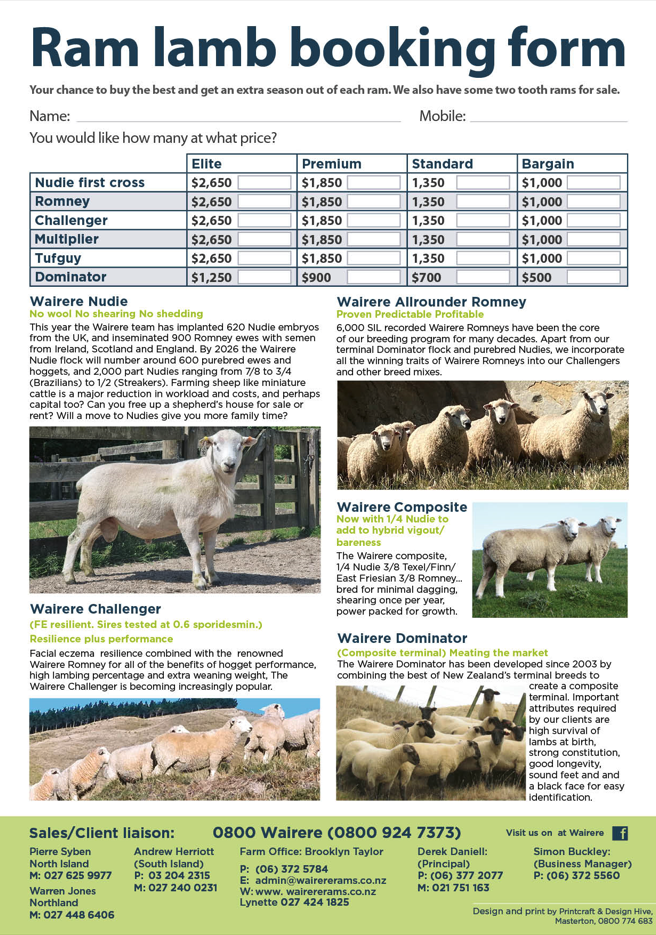
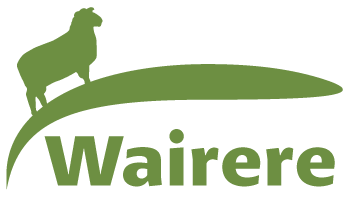
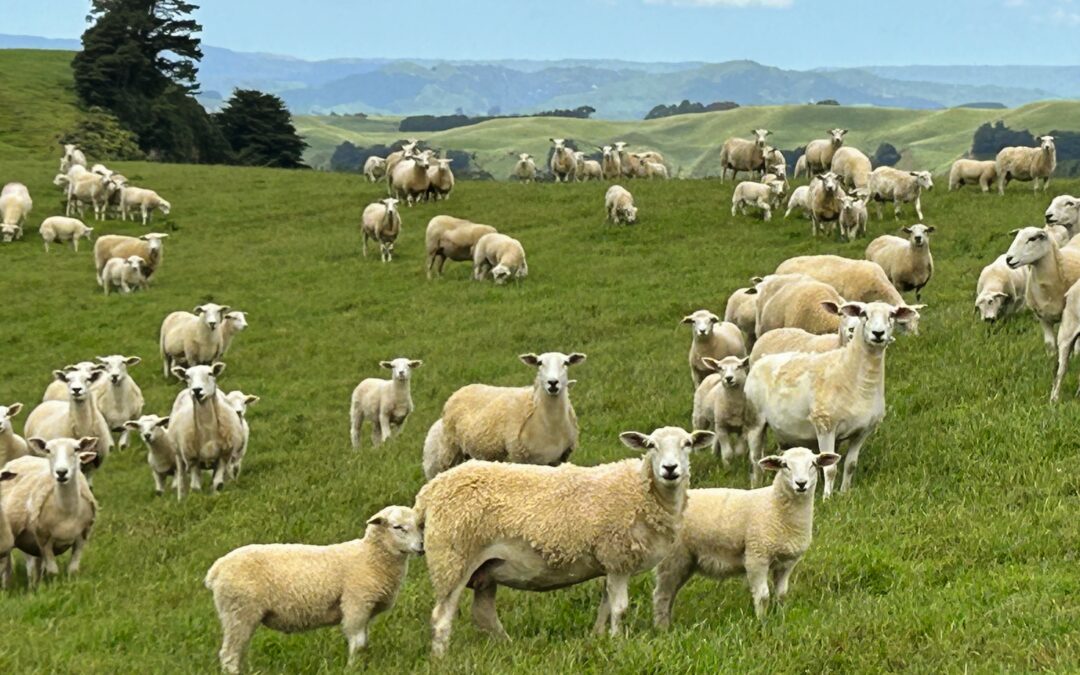
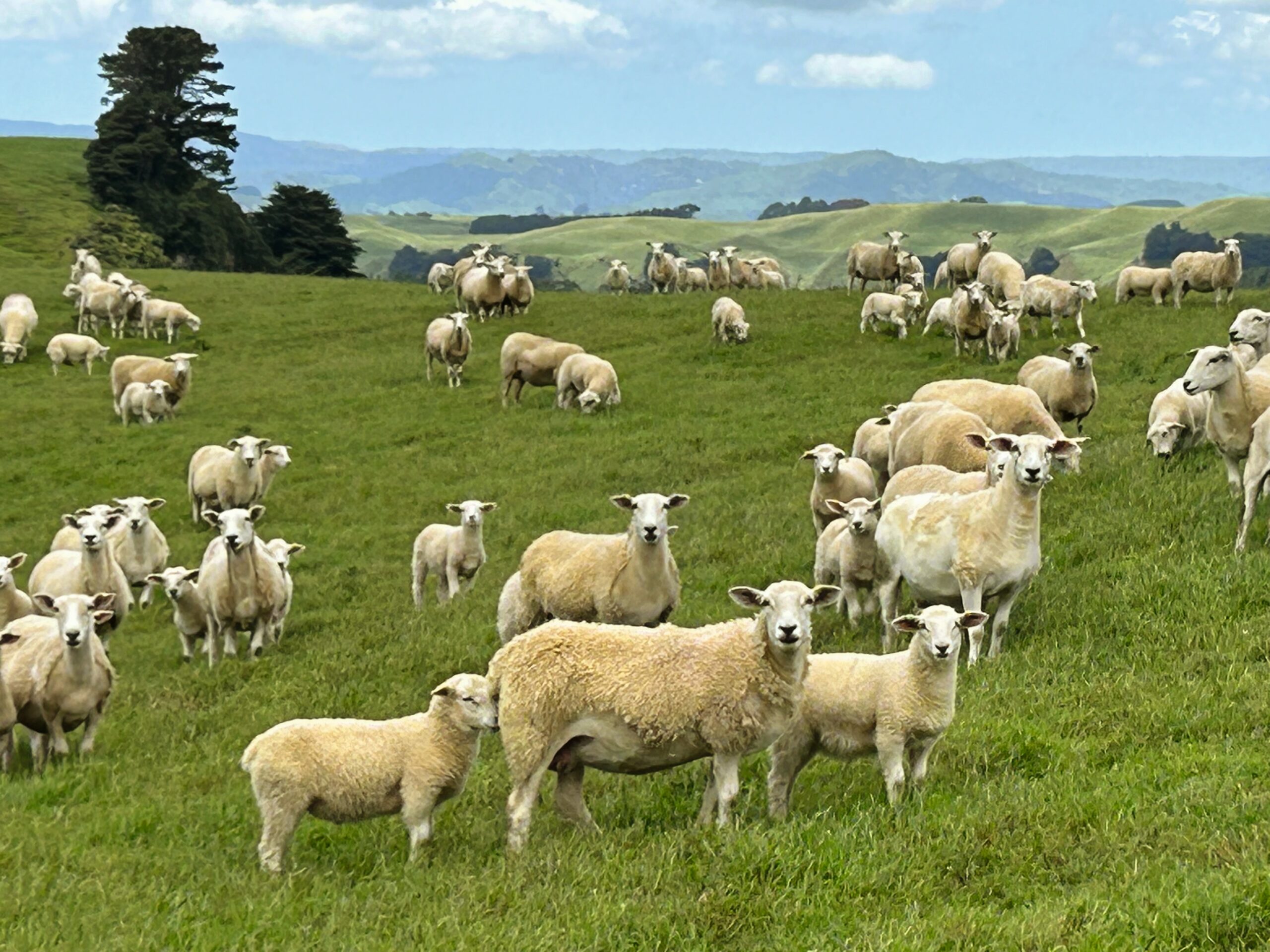
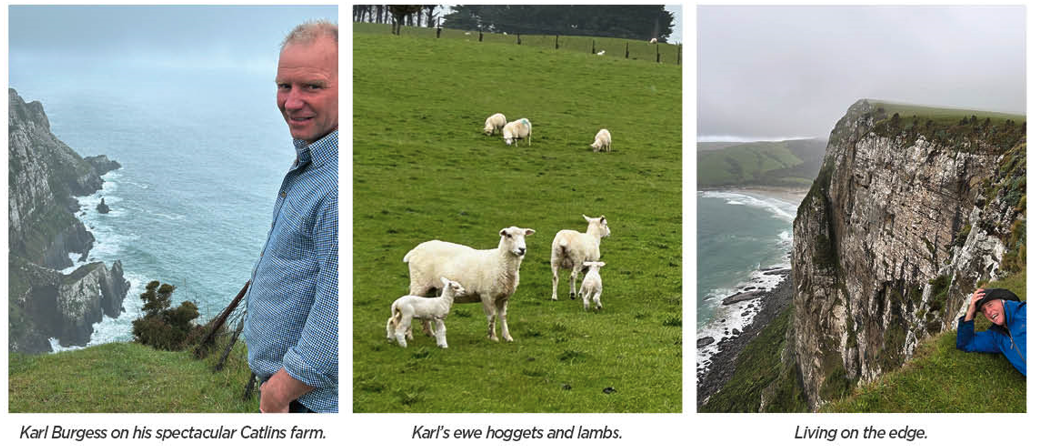
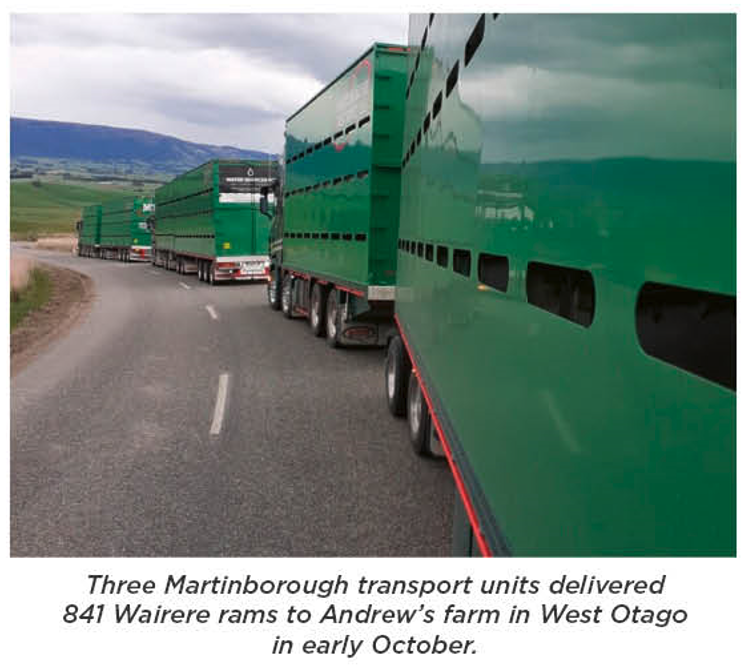
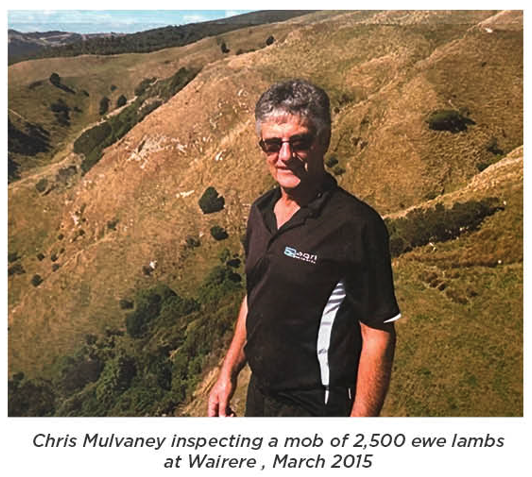
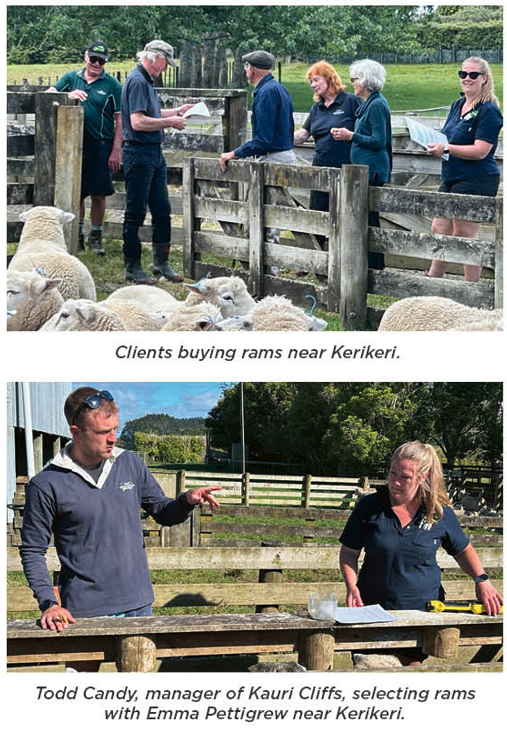
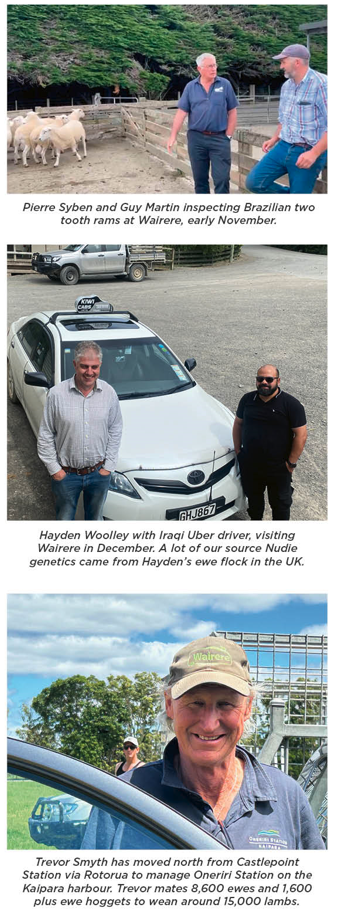
Recent Comments